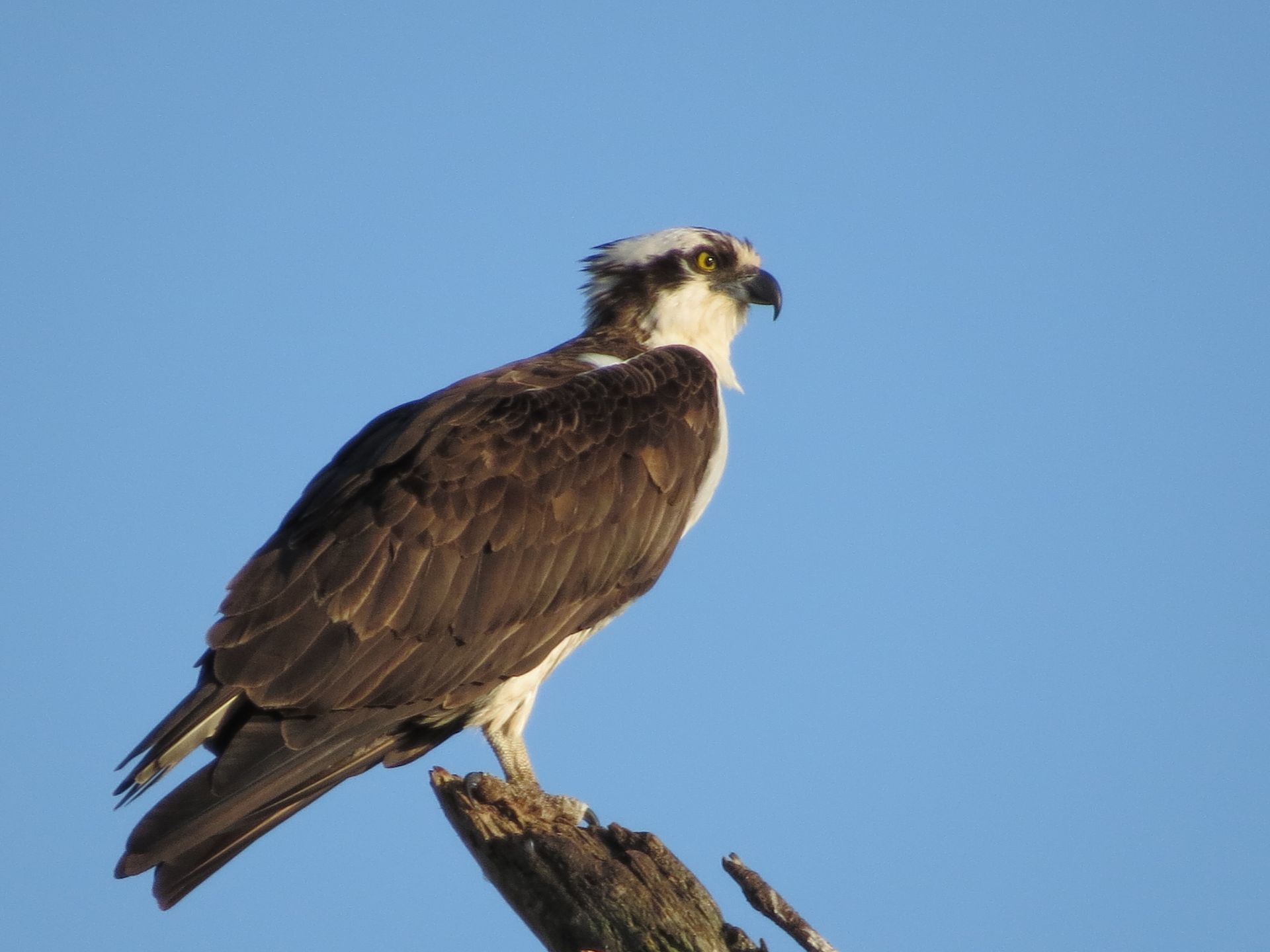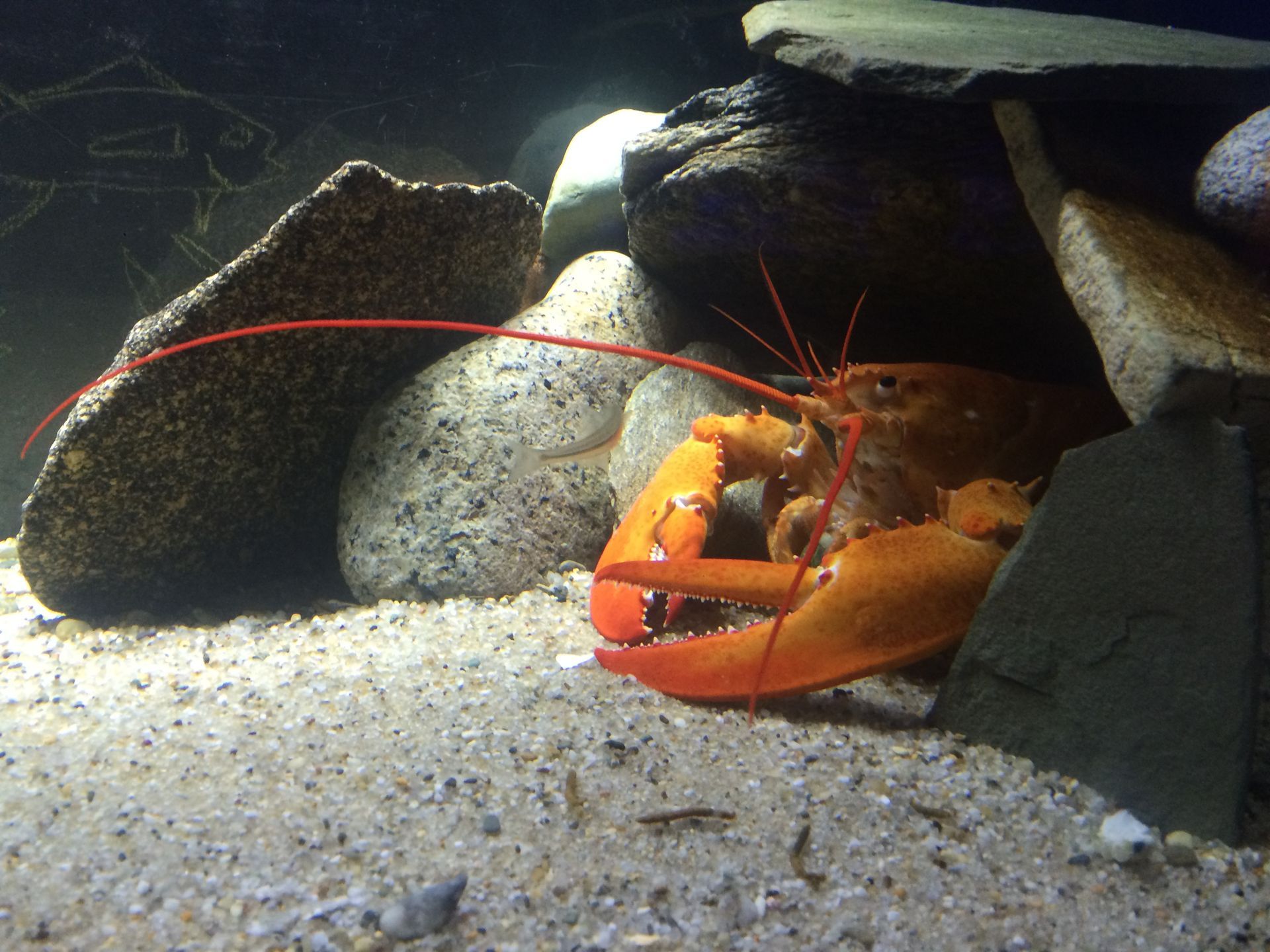Keep Calm and Bird On: March 2023
“If you don’t look, you don’t see. You have to go and look.”
-Edith Andrews

March is a tough month for birds as well as birders—the seesaw between winter and spring continues. I used to say that Nantucket’s spring was doled out one day at a time, beginning in February and finishing up halfway through June. This year it has almost seemed as if it’s winter that is getting served in periodic small, though violent, doses.
As I write at the end of February, the first American Oystercatcher at Eel Point was already here, spotted on February 21. It is something of a conundrum this year, however, because although it seems early, it could also be late. Two American Oystercatchers were found on Tuckernuck’s Christmas Bird Count on December 28, 2022. Was it here all along? Who knows. One Piping Plover was seen in January—they have also been known to winter over.
So, as our shorebirds begin to return to claim their territory on island beaches, the hardiest, if they survive, will get first dibs. Look for them on exposed flats where marine worms feed below on even tinier morsels. Oystercatchers will also take the ribbed mud mussels found growing in our salt marshes, as well as, surprisingly, in brackish areas.
Killdeer are also returning, and so are Piping Plover. Towards the end of the month, if not sooner, Ospreys will be back, too. But don’t forget to fill in your winter list—Saw-whet Owls, Red Crossbills, Iceland Gulls and Purple Sandpipers are here for just a bit longer. Be sure to catch Harlequin Ducks off the ‘Sconset Bluff before they depart.
So, layer up and get outside, knowing that if it seems hot it will soon be cold, or windy, or both. Or vice versa.
Photo of Osprey Adult by Ginger Andrews
Recent Posts




